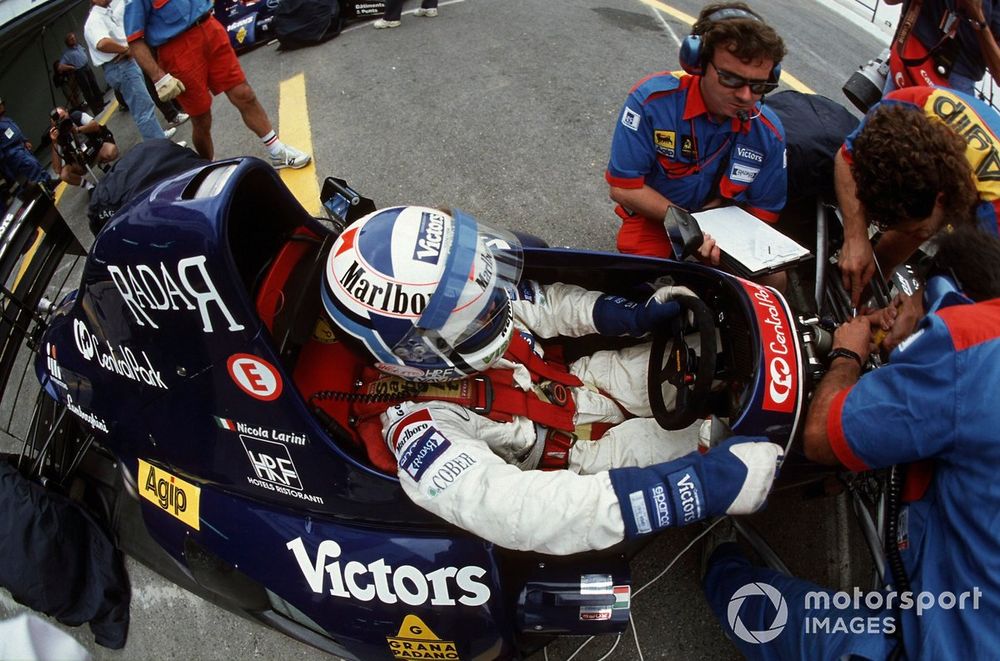Swiss engineer Peter Wyss de Araujo has sampled virtually every motorsport discipline from hillclimbing to Formula 1, taking in a successful decade of touring cars and a spell in Formula E along the way. But he’s never stopped learning, and that mantra remains today in his current position race engineering an ORECA-Gibson 07 in the European Le Mans series for the Team Virage outfit set up by a former colleague at Campos Racing, where Wyss de Araujo enjoyed his longest spell at a single team and helped numerous drivers rise through the ranks.
His time in F1 was full of hard knocks, spent with an almost literal A to Z of low-budget teams – having jumped out of the fire at Zakspeed only to land in the flames at AGS via a brief stint at Leyton House. Along the way he counted spells at Coloni, a team to which he would return 15 years later, and the short-lived Lamborghini outfit where he experienced the brilliance and chaos of Mauro Forghieri. All his lessons, Wyss de Araujo says, “I had to find out myself, I didn’t have someone giving me advice”.
Much of his career has involved switching between race engineer, performance engineer and technical director roles – the latter a position he confesses “I never wanted to do, that is just when there was nobody else, I had to do it” at the CiBiEmme Engineering BMW team. But Wyss de Araujo views his “zig-zag” trajectory philosophically.
“Sometimes it’s a situation where there is one job available and not the other one, so you go in and do what is needed for the team,” he reflects. “Then you work through it and contribute to the team effort in the role which at the moment due to circumstances you are placed in.”
His motorsport journey started out while studying, helping various Swiss drivers. Wyss de Araujo remembers cleaning the bodywork, tyres and rims of Jo Vonlanthen’s Williams FW03 at the 1975 Austrian Grand Prix, and in 1978 engineered Patrick Studer’s Chevron to the Swiss Formula 3 championship – in which hillclimbs featured predominantly.
He also joined Studer at the occasional European Formula 2 race, and learned quickly to do all manner of jobs himself. In the early days, working in small teams, he points out “you didn’t have all this kind of luxury” of ensuring a division of labour. “The person engineering the car does everything – performance engineer, race engineer, psychologist, the whole thing,” he explains.
Wyss de…
Click Here to Read the Full Original Article at Autosport.com – Formula 1 – Stories…

